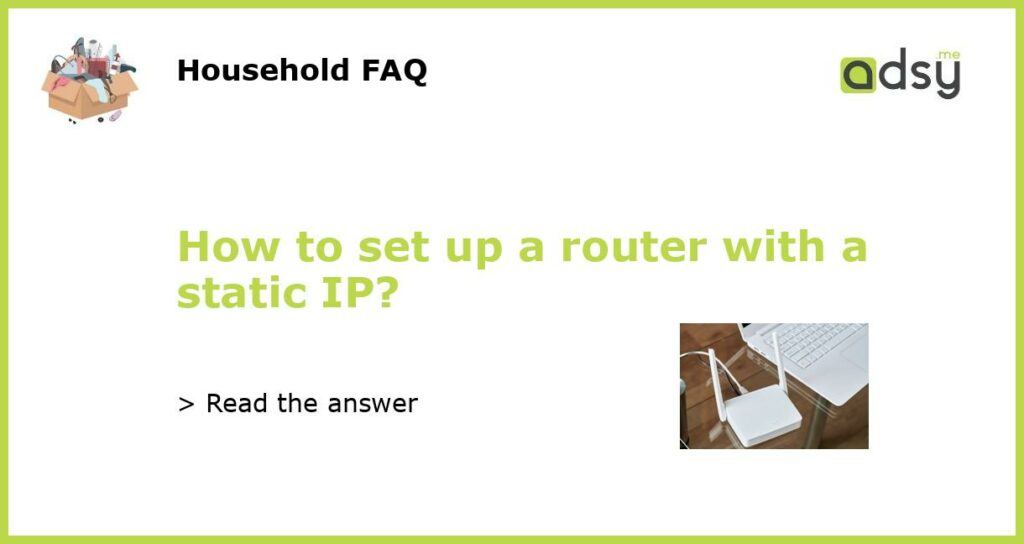Understanding Static IP and its Benefits
A static IP (Internet Protocol) address is a fixed address assigned to a device on a network. Unlike dynamic IP addresses that change periodically, a static IP remains constant, making it easier to locate and access devices within a network.
Setting up a router with a static IP has several benefits:
- Improved network performance and reliability
- Easier remote access to devices within the network
- Better security for hosting services such as websites and servers
- Simplified network management
Check Router Compatibility and Gather Required Information
Before setting up your router with a static IP, ensure that your router supports this feature. Most modern routers do, but it’s always good to double-check the documentation or contact the manufacturer if you’re unsure.
Next, gather the following information:
- Static IP address provided by your Internet Service Provider (ISP)
- Subnet mask (usually 255.255.255.0)
- Default gateway IP address (typically the IP address of your router)
- DNS server addresses (usually provided by your ISP unless you prefer to use third-party DNS servers)
Accessing the Router’s Configuration Interface
To set up a router with a static IP, you need to access its configuration interface. Follow these steps:
- Connect your computer to the router either through an Ethernet cable or via Wi-Fi.
- Open a web browser and enter the default IP address of your router in the address bar. Common default IP addresses include 192.168.0.1 or 192.168.1.1. If you’re unsure, refer to your router’s documentation or search for the default IP address specific to your model.
- Enter your router’s username and password to log in. If you haven’t changed these credentials, check the manual or search online for the default username and password.
Once logged in, you should see the router’s configuration interface.
Assigning the Static IP Address
Now that you’re in the router’s configuration interface, you can assign the static IP address. The exact steps may vary depending on the router model, but the general process involves finding the Network Settings or LAN Settings section.
- Locate the option to set a static IP address and click on it. This might be labeled as “Static IP,” “Static DHCP,” or “Reservation.”
- Enter the static IP address, subnet mask, default gateway IP address, and DNS server addresses provided by your ISP or chosen by you.
- Save the changes and reboot the router if necessary. The router will now use the assigned static IP address.
Test and Verify the Router’s Configuration
After assigning the static IP address, it’s essential to test and verify the router’s configuration.
To do this:
- Disconnect and reconnect your computer from the router to establish a new connection using the static IP.
- Open a web browser and verify that you can access the internet. If you can, your static IP setup was successful.
- If you encounter any issues, double-check the static IP address, subnet mask, default gateway IP address, and DNS server addresses entered in the router’s configuration interface.
- If problems persist, contact your ISP or consult the router’s manual for further troubleshooting steps.
Congratulations! You have successfully set up your router with a static IP. Enjoy the benefits of a stable and reliable network connection.






